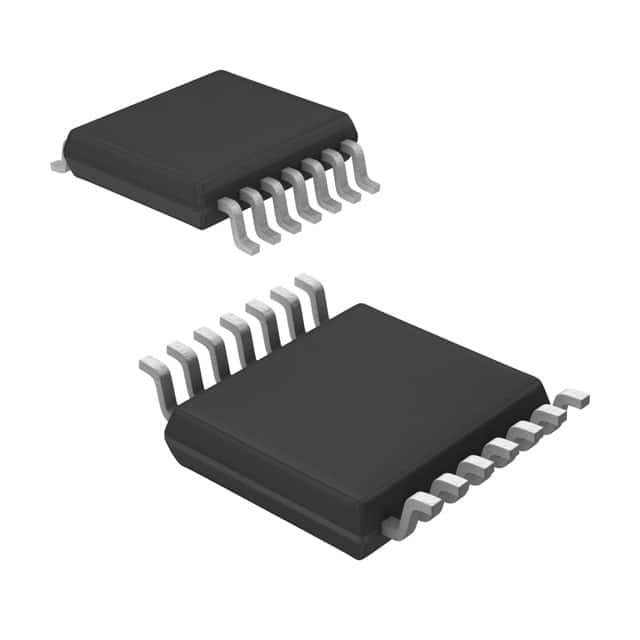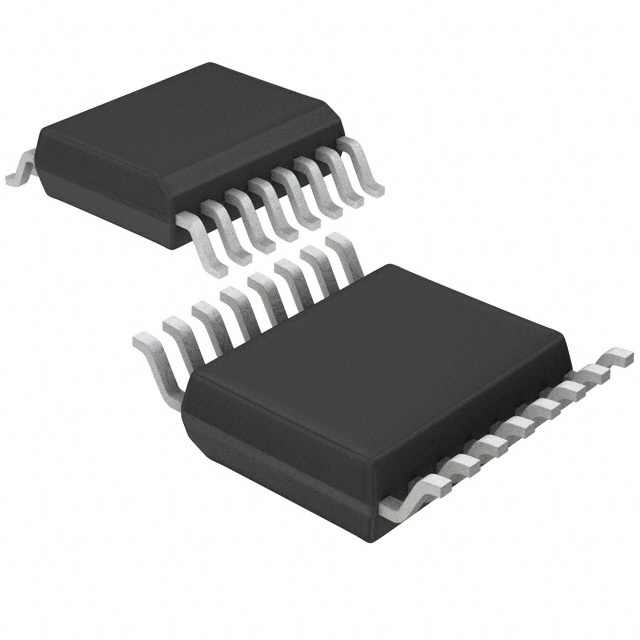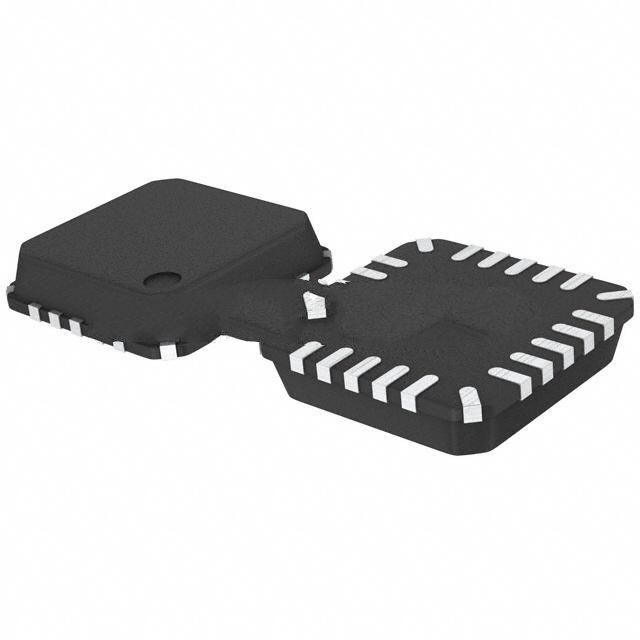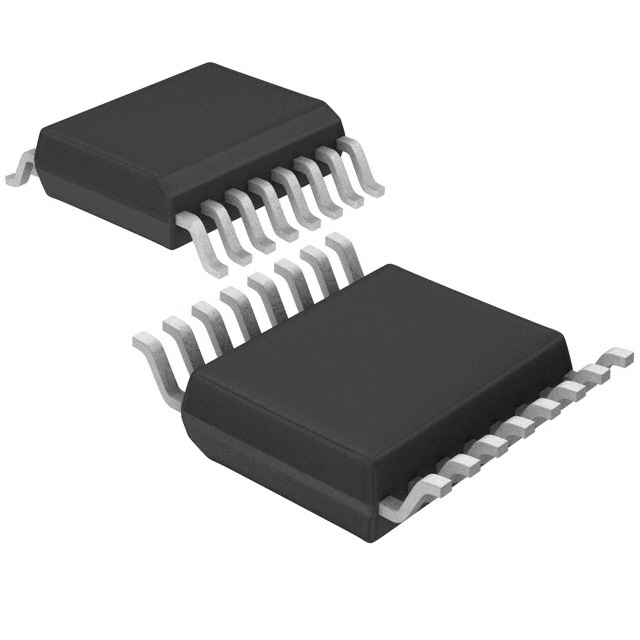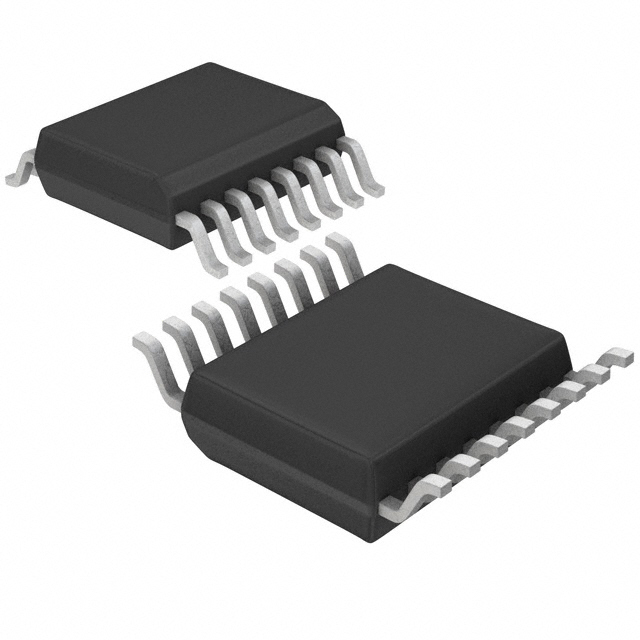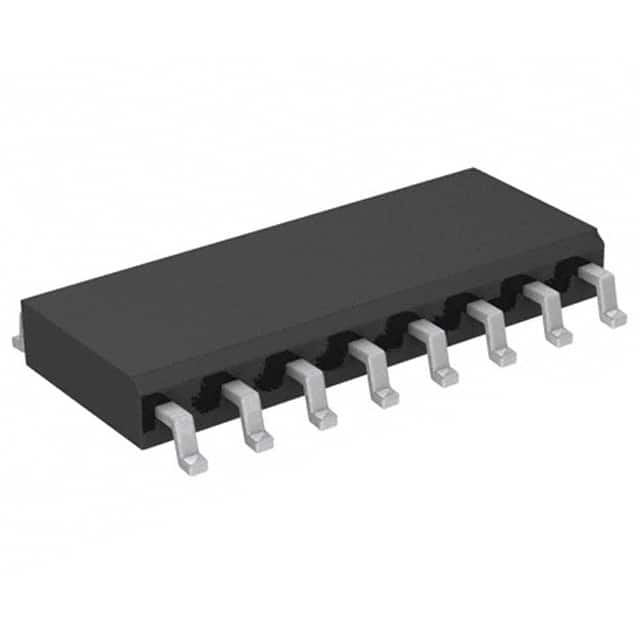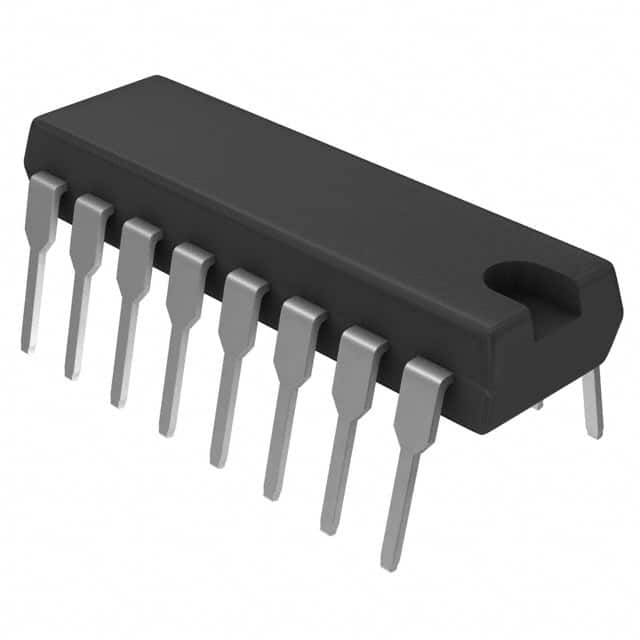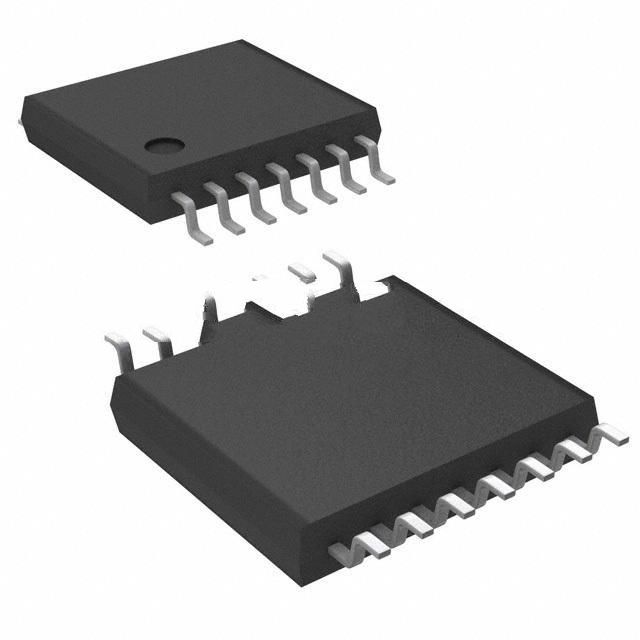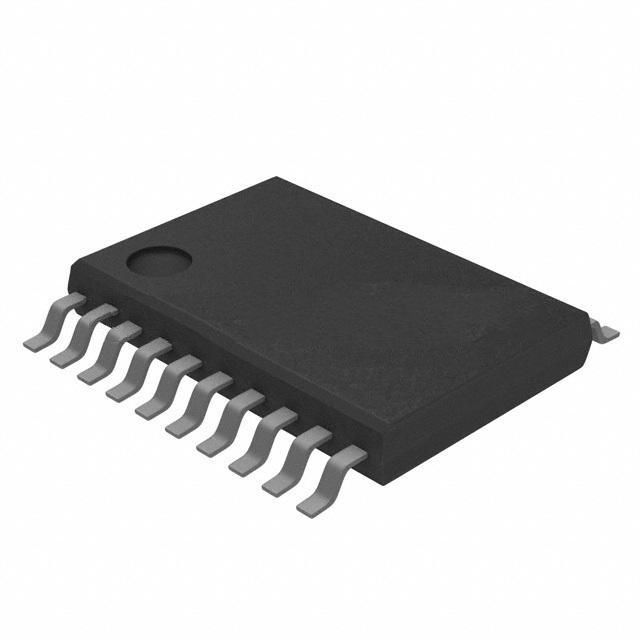CDCE925PWRG4 Product Introduction:
Texas Instruments Part Number CDCE925PWRG4(Clock/Timing - Clock Generators, PLLs, Frequency Synthesizers), developed and manufactured by Texas Instruments, distributed globally by Jinftry. We distribute various electronic components from world-renowned brands and provide one-stop services, making us a trusted global electronic component distributor.
CDCE925PWRG4 is one of the part numbers distributed by Jinftry, and you can learn about its specifications/configurations, package/case, Datasheet, and other information here. Electronic components are affected by supply and demand, and prices fluctuate frequently. If you have a demand, please do not hesitate to send us an RFQ or email us immediately sales@jinftry.com Please inquire about the real-time unit price, Data Code, Lead time, payment terms, and any other information you would like to know. We will do our best to provide you with a quotation and reply as soon as possible.
Introducing the Texas Instruments CDCE925PWRG4, a versatile clock generator and jitter cleaner designed to meet the demanding requirements of modern electronic systems. This highly integrated device offers a wide range of features and is suitable for a variety of applications.
The CDCE925PWRG4 provides up to 10 outputs, each capable of generating frequencies up to 200 MHz. With its low jitter performance, this device ensures accurate and reliable clock signals, making it ideal for high-speed data communication systems, such as Ethernet, USB, and PCI Express.
One of the key features of the CDCE925PWRG4 is its flexible input options. It supports a wide range of input frequencies, allowing it to synchronize with various reference sources, including crystal oscillators and external clock signals. This flexibility makes it suitable for a wide range of applications, from telecommunications and networking equipment to industrial automation and test and measurement instruments.
In addition to its clock generation capabilities, the CDCE925PWRG4 also includes advanced features such as programmable output delays, spread spectrum modulation, and phase-locked loop (PLL) frequency synthesis. These features enable precise control over clock signals, ensuring optimal performance in a variety of system designs.
With its comprehensive feature set and wide range of applications, the Texas Instruments CDCE925PWRG4 is the perfect choice for engineers looking for a reliable and flexible clock generator solution.
Clock Generators are circuits or devices used to generate stable and precise pulses of electrical signals. The clock signal generated by it provides a unified time benchmark for various electronic devices, ensuring that the components of the device can synchronize operations and actions.PLL (Phase Locked Loop and phase-locked Loop) is a kind of circuit is used to control the frequency and Phase. It can convert the frequency and phase of an input signal into the frequency and phase of another output signal to realize the synchronization of frequency and phase. Frequency Synthesizers are devices that use one or more standard signals to generate a large number of discrete frequency signals through various technical approaches. It can realize precise control and adjustment of frequency to meet the needs of different application scenarios.
Application
Clock Generators are widely used in computer chips, digital circuits, radio communication, audio and video equipment and other electronic equipment. The clock signal generated by it is the basis for the normal operation of these devices, ensuring the stable transmission and processing of data. PLL (phase-locked Loop) is mainly used to detect and track the frequency and Phase of the input signal and convert it into a stable output signal. It can change the frequency of the input signal to achieve a specific purpose, such as signal synchronization, frequency conversion, etc. Frequency Synthesizers generate a series of high-precision frequency sources with a certain frequency interval through synthesis technology to provide the required frequency signals for various electronic devices. It is widely used in applications requiring accurate frequency control, such as radar, communications, electronic countermeasures and other fields.
FAQ about Clock/Timing - Clock Generators, PLLs, Frequency Synthesizers
-
1. How does Phase-locked loops(PLL) work?
PLL (phase locked loop) is a feedback control circuit that continuously adjusts the frequency and phase of the internal oscillation signal to synchronize with the input reference signal by comparing the phase difference between the input signal and the feedback signal. PLL is mainly composed of phase detector (PD), loop filter (LF), voltage controlled oscillator (VCO) and optional divider (Divider).
When PLL starts working, the frequency of input reference signal is always different from the inherent oscillation frequency of voltage controlled oscillator, resulting in constant phase difference. The error voltage output by the phase detector is converted into a control voltage through a loop filter and added to the voltage-controlled oscillator, so that its frequency is gradually adjusted to synchronize with the input reference signal and enter the "locked" state. If the frequency and phase of the input reference signal change, the PLL controls the frequency and phase of the voltage-controlled oscillator to track the changes of the input reference signal and re-enter the locked state.
-
2. Which is better, direct digital synthesis or PLL?
Direct digital synthesis (DDS) and PLL each have their own advantages and disadvantages. Choosing which one is better depends on the specific application requirements. DDS performs well in frequency switching speed and high resolution, while PLL has more advantages in phase noise and spurious performance.
The advantages of DDS include:
High frequency switching speed: DDS works in the digital domain. Once the frequency control word is updated, the output frequency changes accordingly, and the frequency hopping rate is high.
High resolution: Due to the large width of the frequency control word (such as 48bit or higher), the frequency resolution is high.
Flexibility: DDS can generate any desired waveform and initial phase, suitable for applications requiring a wide range of scenarios.
PLL advantages include:
Low phase noise: PLL excels in low phase noise and low spurious performance, suitable for applications requiring high stable frequency.
Wide frequency range: The upper limit of the PLL output frequency depends on the upper limit of the VCO, which can support a wider frequency range.
-
3. How does PLL increase frequency?
PLL (phase-locked loop) is usually used to increase or decrease the frequency of a signal. Increasing the frequency usually involves increasing the value of the feedback divider, while decreasing the frequency involves increasing or adjusting the gain followed by a divider.
 Lead free / RoHS Compliant
Lead free / RoHS Compliant



